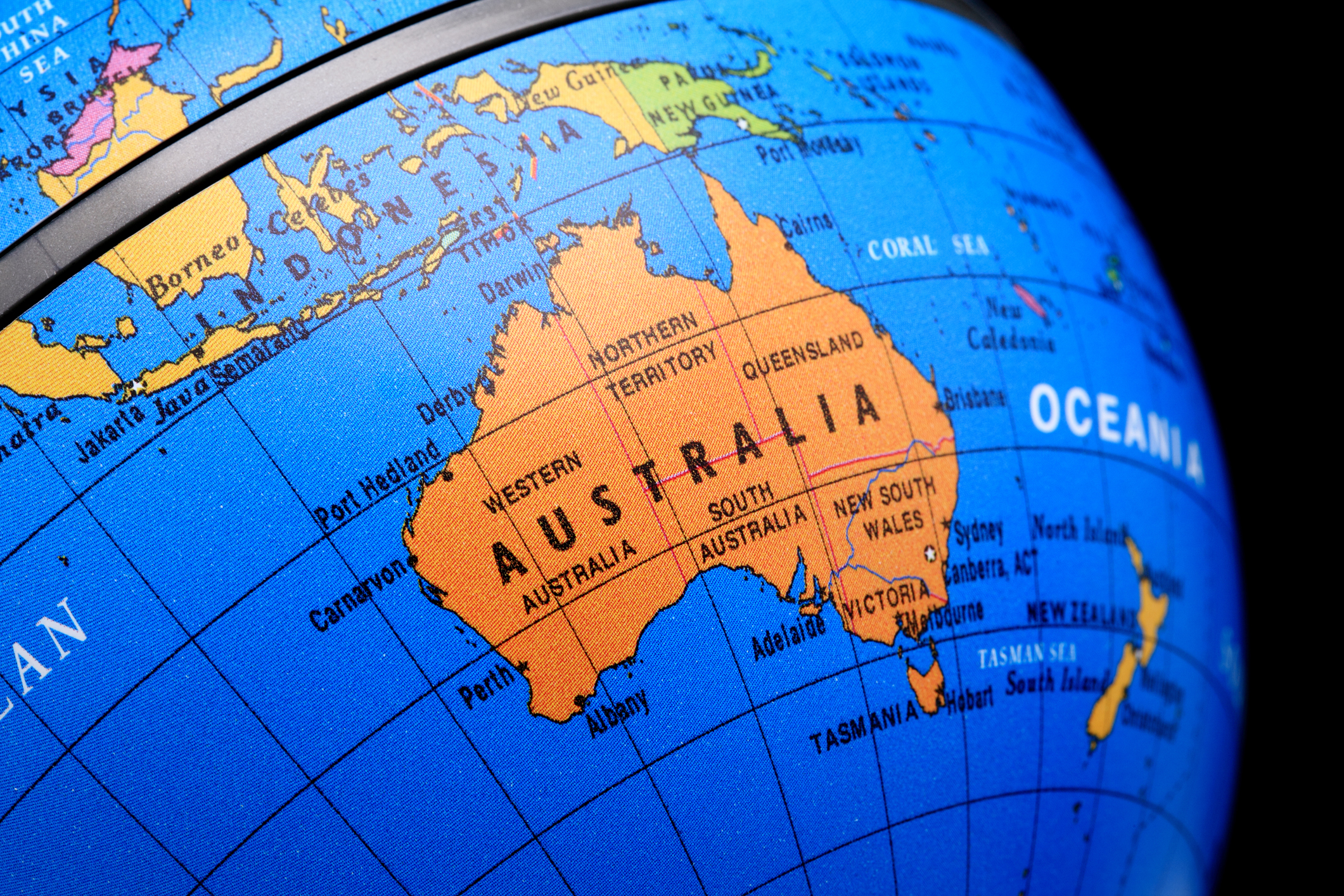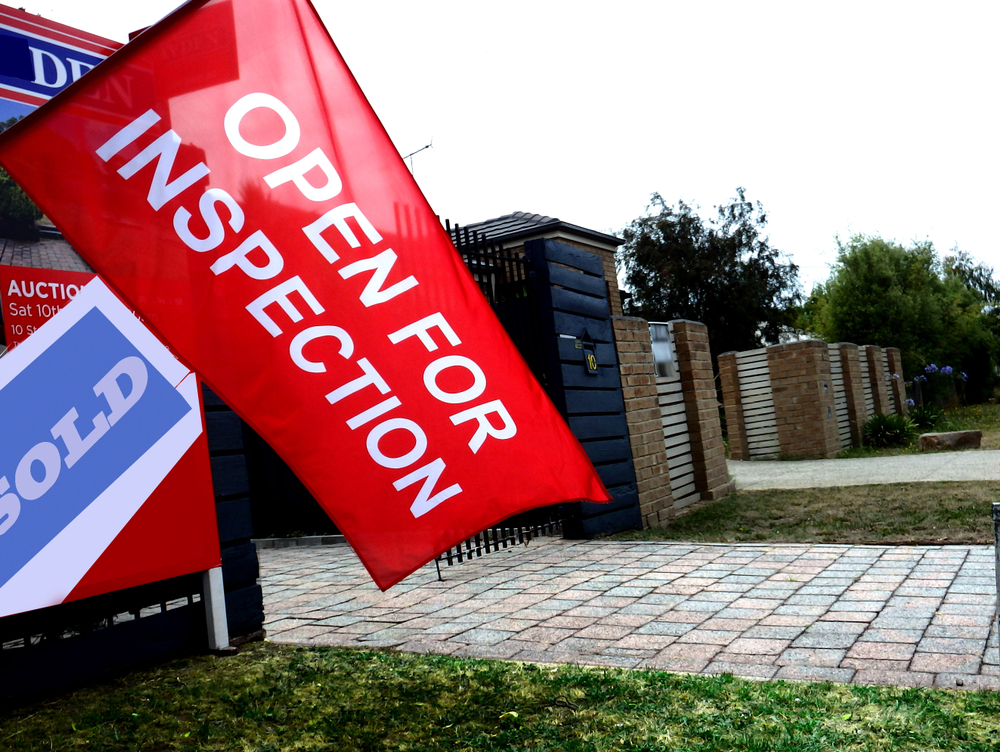How Australia compares internationally on home affordability and interest rates
It’s good news for foreign investors but presents challenges for local buyers and homeowners looking to step into, or move up in, the property market
Australian property has shown greater resilience against higher interest rates than many other real estate markets around the world, according to a new report. However, Australia has also not lifted its official cash rate as much as other countries during the global battle against inflation. Our cash rate of 4.35 percent is significantly lower than the United States’ rate range of 5.25 percent to 5.5 percent and only higher than a few nations such as France, South Korea and Japan.
Research by Australian real estate network PRD shows most property markets around the world have gone through the same market cycle since the pandemic ended. In most countries, there was a brief period of strong growth in home values as the world re-opened between 2021 and 2022, followed by declining prices as cash rates increased.
“Compared to other countries around the world, Australia has proved itself to be a more resilient market against successive cash rate hikes,” said PRD chief economist Dr Diaswati Mardiasmo. “Our property prices did not decline as sharply as New Zealand, Canada, Hong Kong, the UK, and South Korea.
“In terms of affordability, internationally, we sit in the middle. New Zealand, Canada, the USA, and Hong Kong are still more expensive than Australia, but the UK, South Korea, Japan, and France are more affordable.”
The report points out that this is one of the reasons why Australian property is still attractive to many international buyers and investors. For Australians, housing affordability has deteriorated by 15 percent over the past five years, according to the research.
“This means those who bought a property in the past five years are ‘worse off’ economically and in greater danger of mortgage stress, as opposed to those who bought property 10 to 20 years ago,” the report said.
Historically, it is unusual for Australian home values to rise at the same time as interest rates. This only occurred due to an imbalance between supply and demand. Dr Mardiasmo said other countries such as New Zealand, Canada, France, South Korea and Japan also have a housing supply deficit. Meantime, supply levels are improving in the UK, US and Hong Kong, she said.
For now, the Reserve Bank of Australia is holding the cash rate steady while monitoring the impact of its 13 rate rises between May 2022 and November 2023 on inflation. During a press conference earlier this month, Reserve Bank Governor Michele Bullock said a rate cut was unlikely this year.
Dr Mardiasmo said a stable cash rate creates a catch-22 in the market. “On one hand it provides stability, hence many believe that now is an ideal time to purchase. On the other, a stable cash rate has created ‘sticky buyers’ that no longer feel the need to rush …”.
Other countries are also keeping their cash rates steady, including Hong Kong, the US, New Zealand, the United Kingdom and South Korea. Some countries have begun cutting their cash rates, including Canada and France. Japan is the outlier after commencing a cash rate hiking cycle in March. This followed almost 14 years of negative or zero interest rates. The rate in Japan is now 0.25 percent.
A divide has opened in the tech job market between those with artificial-intelligence skills and everyone else.
A 30-metre masterpiece unveiled in Monaco brings Lamborghini’s supercar drama to the high seas, powered by 7,600 horsepower and unmistakable Italian design.
Buyer demand, seller confidence and the First Home Guarantee Scheme are setting up a frantic spring, with activity likely to run through Christmas.
The spring property market is shaping up as the most active in recent memory, according to property experts Two Red Shoes.
Mortgage brokers Rebecca Jarrett-Dalton and Brett Sutton point to a potent mix of pent-up buyer demand, robust seller confidence and the First Home Guarantee Scheme as catalysts for a sustained run.
“We’re seeing an unprecedented level of activity, with high auction numbers already a clear indicator of the market’s trajectory,” said Sutton. “Last week, Sydney saw its second-highest number of auctions for the year. This kind of volume, even before the new First Home Guarantee Scheme (FHGS) changes take effect, signals a powerful market run.”
Rebecca Jarrett-Dalton added a note of caution. “While inquiries are at an all-time high, the big question is whether we will have enough stock to meet this demand. The market is incredibly hot, and this could lead to a highly competitive environment for buyers, with many homes selling for hundreds of thousands above their reserve.”
“With listings not keeping pace with buyer demand, buyers are needing to compromise faster and bid harder.”
Two Red Shoes identifies several spring trends. The First Home Guarantee Scheme is expected to unlock a wave of first-time buyers by enabling eligible purchasers to enter with deposits as low as 5 per cent. The firm notes this supports entry and reduces rent leakage, but it is a demand-side fix that risks pushing prices higher around the relevant caps.
Buyer behaviour is shifting toward flexibility. With competition intense, purchasers are prioritising what they can afford over ideal suburb or land size. Two Red Shoes expects the common first-home target price to rise to between $1 and $1.2 million over the next six months.
Affordable corridors are drawing attention. The team highlights Hawkesbury, Claremont Meadows and growth areas such as Austral, with Glenbrook in the Lower Blue Mountains posting standout results. Preliminary Sydney auction clearance rates are holding above 70 per cent despite increased listings, underscoring the depth of demand.
The heat is not without friction. Reports of gazumping have risen, including instances where contract statements were withheld while agents continued to receive offers, reflecting the pressure on buyers in fast-moving campaigns.
Rates are steady, yet some banks are quietly trimming variable and fixed products. Many borrowers are maintaining higher repayments to accelerate principal reduction. “We’re also seeing a strong trend in rent-vesting, where owner-occupiers are investing in a property with the eventual goal of moving into it,” said Jarrett-Dalton.
“This is a smart strategy for safeguarding one’s future in this competitive market, where all signs point to an exceptionally busy and action-packed season.”
Two Red Shoes expects momentum to carry through the holiday period and into the new year, with competition remaining elevated while stock lags demand.
ABC Bullion has launched a pioneering investment product that allows Australians to draw regular cashflow from their precious metal holdings.
When the Writers Festival was called off and the skies refused to clear, one weekend away turned into a rare lesson in slowing down, ice baths included.


















